Characteristics and Applications of Washed Sand

Sand is an important material that is used in a wide variety of areas of human life. However, not everyone knows that there are many types of sand. One of the most common is the washed type. Today in our article we will analyze in detail its distinctive characteristics and application.
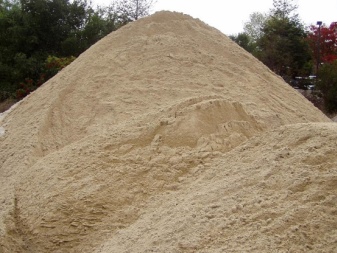
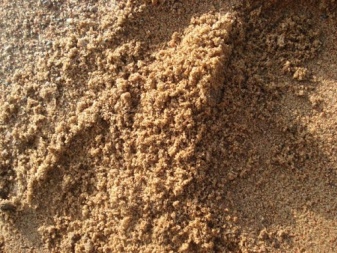
What it is?
Washed sand (like other types of similar material) has its own unique characteristics. So, the main property of this material (thanks to which it can be distinguished from all other categories of sand) is purity, absence of impurities.
If we consider the composition of the material from a chemical point of view, then it should be said that the amount of impurities should not exceed 0.3% of the total volume.
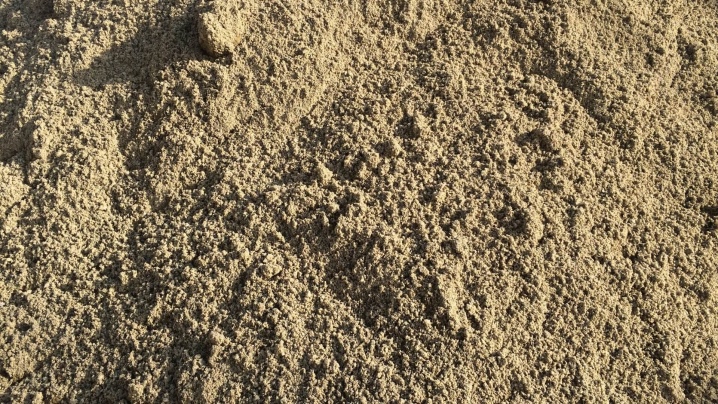
Washed sand comes in various sizes: both fine and coarse. In addition, there are a variety of color variations - in nature, you can find gray and yellow shades. The material is used in a wide variety of areas: from construction to landscape design. At the same time, it does not require special care - the only thing that you have to remember is the fact that during storage you should protect the material from moisture getting into it. The structure of the washed material is characterized by a high level of homogeneity.
Washed sand is called such due to the fact that it undergoes a special cleaning procedure. It should be borne in mind that there are different ways to wash the sand. So, the so-called hydromechanical devices are popular. At the same time, it should be borne in mind that since the production of washed sand requires energy costs, its cost exceeds the price of some other types of bulk material.
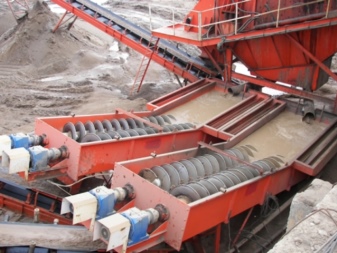
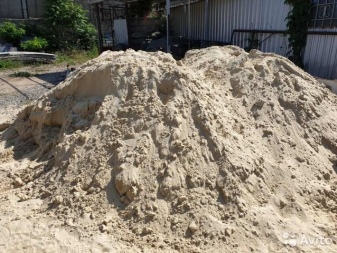
Specifications
All the necessary characteristics and properties of washed sand, which must necessarily be inherent in this material, are indicated in such an official document as GOST. Accordingly, during the purchase process, you must make sure that the material meets all the requirements, otherwise, it is better to refuse to purchase the mineral (or ask for a price reduction), since it will not be able to fully fulfill its functional purpose.
The most important characteristics of the material include the following:
- density - this characteristic should be at the level of 1.60 g / cm³;
- factions - their size can be from 0.15 to 0.5 cm;
- specific gravity 1 m³ - this figure is about 1.5 g / cm³.
Important! If the material meets the declared characteristics, it can be considered of high quality and sold on the market at an appropriate price.
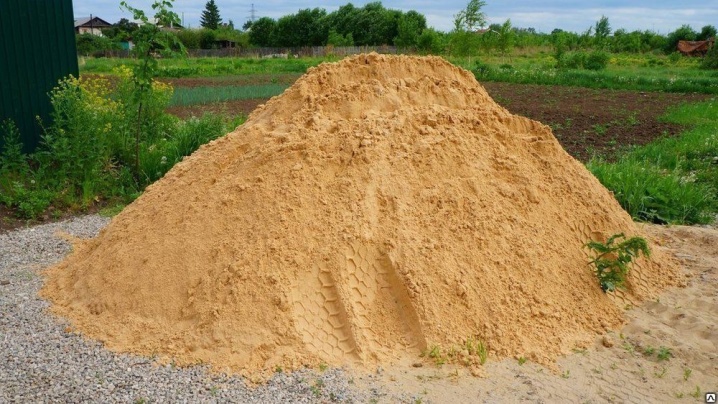
Views
There are several types of washed sand. Each of the species differs significantly in its key characteristics (for example, composition, size, method of extraction, and so on). In general, the main types include the following:
- alluvial;
- river;
- building;
- quartz;
- career;
- large;
- coarse-grained;
- small;
- seeded and so on.
It should be borne in mind that each of these varieties is used for different purposes. It is important to familiarize yourself with the distinctive characteristics of a particular type in order to understand if such sand is suitable for your specific needs.
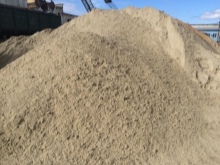
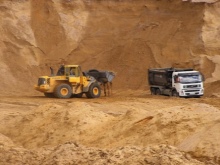
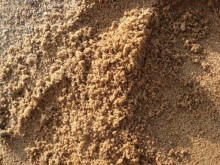
Production methods
There are several ways to extract washed sand. For the most part, they differ depending on the source (for example, river or quarry). In any case, in order to obtain such a clean material, it is necessary to use complex, specially designed equipment for washing. Most often, washed sand is obtained from quarries. The wide distribution, popularity and demand for such a natural material is explained by its universal physical and chemical characteristics. After the sand is mined, it goes through several stages of cleaning and washing.
Such a complex process leads to the fact that the price of one cubic meter of material is about 800 rubles.
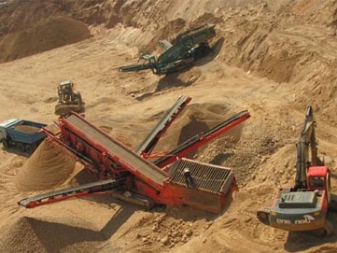
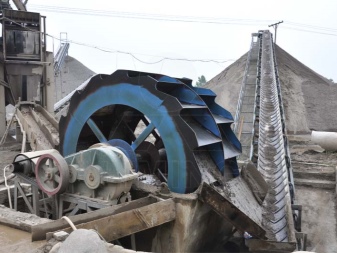
What is it used for?
The use of washed sand is quite varied. This material is indispensable for the implementation of various activities. So, the main areas of use of the material include the following:
- screed;
- production of concrete mixtures;
- drainages;
- landscape design;
- production of tiles for pedestrian sidewalks;
- road construction;
- plastering work;
- the formation of various structures (for example, foundations) and much more.
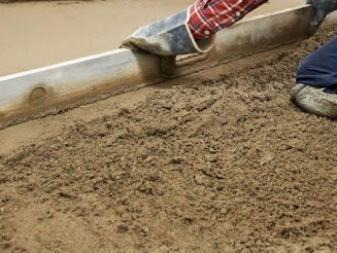
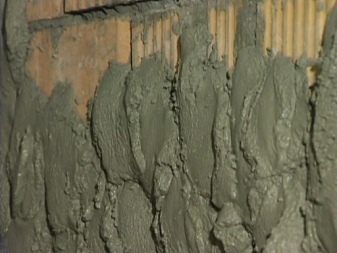
Criterias of choice
The choice of sand is of great importance to the end result of your work. That is why in the process of choosing and buying material, you should be as careful and responsible as possible. Experts recommend focusing on the following key parameters:
- compliance with GOST characteristics - for verification, do not hesitate to ask the seller for certificates of quality and compliance, as well as any other documents that he can provide you with;
- the purity of the sand - as mentioned above, the material should not contain impurities;
- cost - remember that quality washed sand is expensive;
- seller - it is recommended to purchase material only from trusted bona fide sellers and in appropriate specialized stores;
- customer reviews - it is recommended to study this information before purchasing bulk material.
Thus, washed sand is the most important type of material that plays an important role in many branches of human activity.
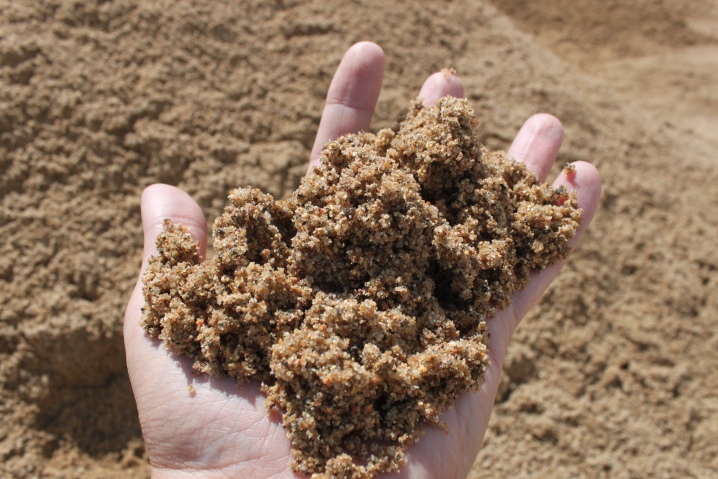
Watch a video on the topic.













The comment was sent successfully.